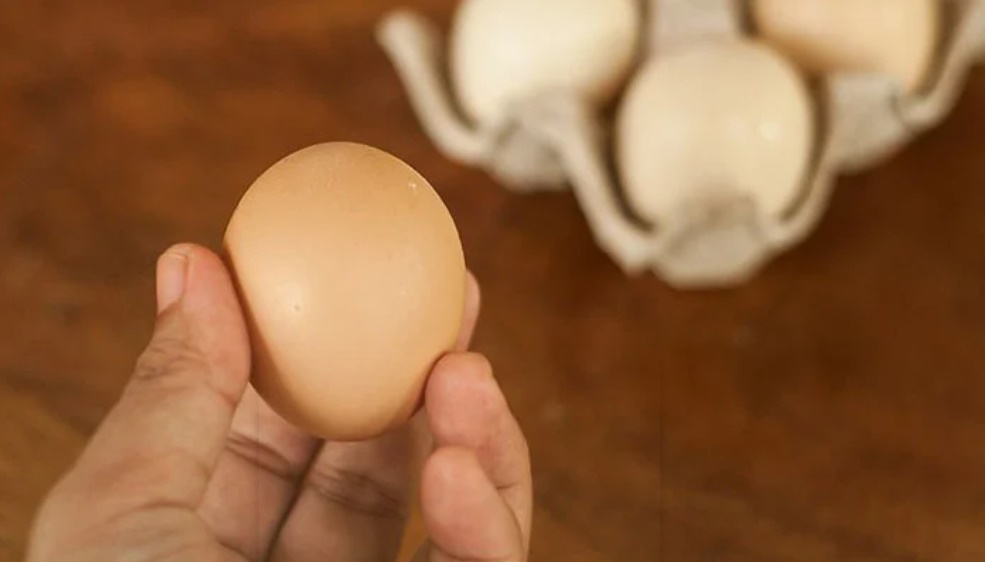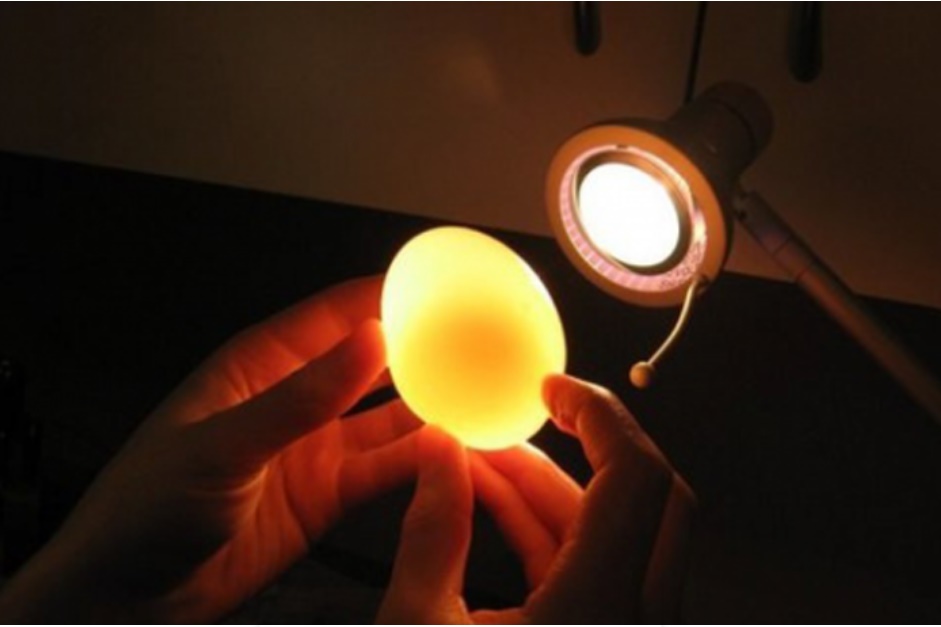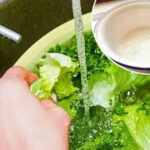Testing Eggs with Salt Water
Checking the freshness of eggs with salt water is one of the simplest methods that homemakers often use.
Prepare a basin of diluted salt water and place the eggs inside. Fresh eggs will sink to the bottom and lie horizontally; older eggs will float in the basin; and rotten eggs will float to the surface.

Observing the Eggshell
When choosing tasty chicken eggs, the first thing to observe is the outside of the eggshell, as it often indicates the freshness and quality of the egg.
If the eggshell has dark spots or appears paler, it’s best to avoid those eggs, as they are likely older. Opt for eggs with shells that are free of spots and cracks and have a darker color, as these are signs of freshness.
However, this method of checking the color of the eggshell only applies to industrial chicken eggs. For free-range chicken eggs, which are typically white or light yellow, this method is not applicable.
Touching the Egg
Apart from visual inspection, experts suggest that touching the egg is also a quick and accurate way to determine the freshness of a chicken egg.
Feel the eggshell, and if it feels slightly rough or bumpy, it’s a fresh egg. In contrast, an older egg will have a smoother shell. Newly laid eggs have tiny pores that are invisible to the naked eye, and as the egg ages, these pores gradually close up, resulting in a smoother shell over time.
Candling the Egg
This method is relatively complex and is usually done at home, as it requires time and experience.

First, hold the egg in your hand, leaving both ends exposed, or roll it inside a notebook or newspaper. Look through one end, positioning the other end in front of a light bulb or sunlight. You’ll encounter one of these three scenarios:
– Fresh egg: You’ll see a translucent pink color with a small pink spot in the center. The indented area (air cell) will be small and non-mobile.
– Old egg: Eggs that are no longer fresh will display vein-like patterns, and the air cell will be larger. Especially as the air cell increases in size, the egg becomes older.
– Rotten egg: A rotten or spoiled egg will have a broken yolk, resulting in uneven colors, and you may observe a dull gray color.
Gently Shaking the Egg
Hold the egg close to your ear and give it a gentle shake. If you hear movement inside the egg, it’s likely an older egg. If the egg moves vigorously and makes a loud sound, it’s spoiled. In some cases, you may not need to listen closely, as a strong sense of movement indicates a broken or hatching egg.
Chicken eggs are not only a delicious daily meal but also an incredibly nutritious food. Therefore, knowing how to choose fresh and tasty eggs will help you take better care of your family’s health and well-being.
According to Khoevadep
“The Myth of Salt Water Rinsing: A Critical Look at Vegetable Washing”
It is a common practice to soak vegetables in a diluted salt water solution, with the belief that it will eliminate bacteria and residual pesticides. However, this method is ineffective and does not achieve the desired results. So, what is the correct way to wash vegetables and ensure their safety for consumption?




































